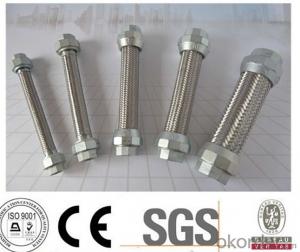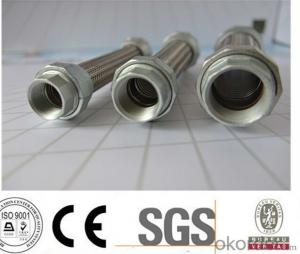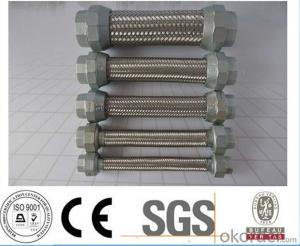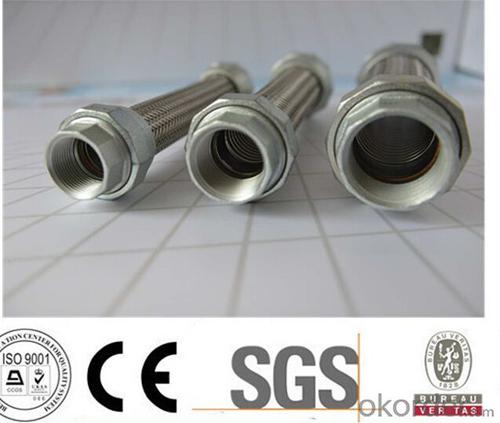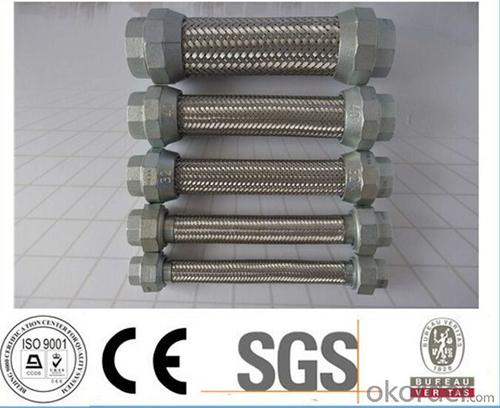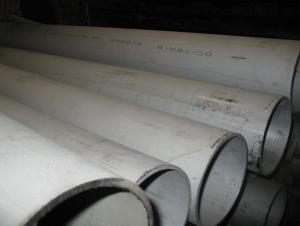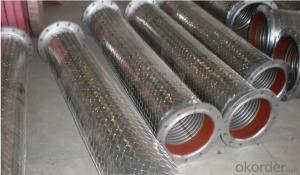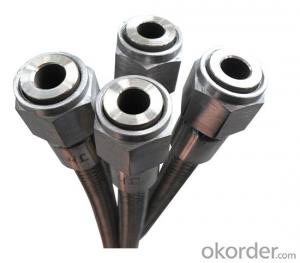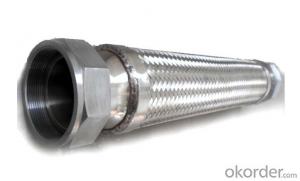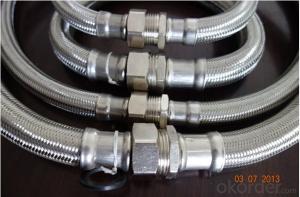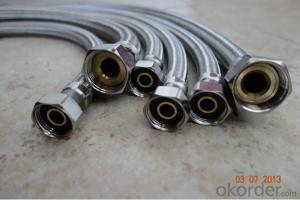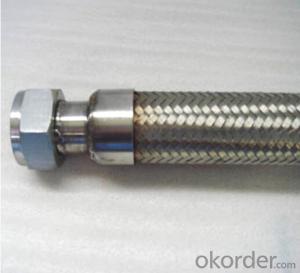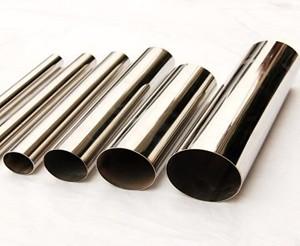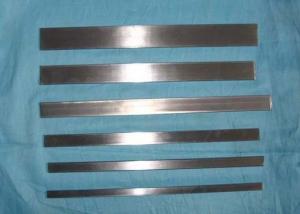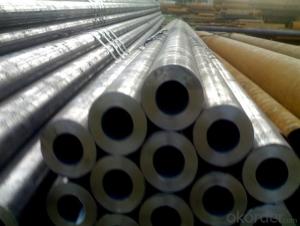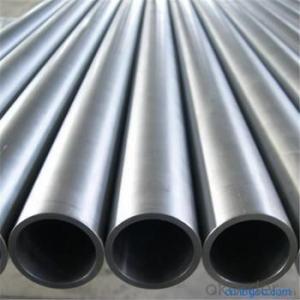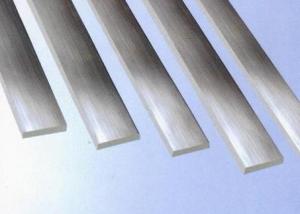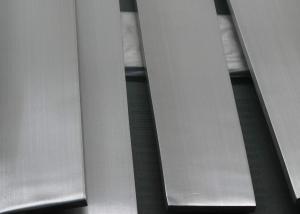Stainless Steel Braid Hose with Special Treatment
- Loading Port:
- Tianjin
- Payment Terms:
- TT OR LC
- Min Order Qty:
- 1000 pc
- Supply Capability:
- 100000 pc/month
OKorder Service Pledge
OKorder Financial Service
You Might Also Like
Specification
Stainless Steel Braid Hose with Special Treatment
Applications of Stainless Steel Braid Hose with Special Treatment:
--Refueling system
--Chemical and pharmaceutical industry
--Industrial hydraulic systems
--Air conditioners in industrial and construction –site vehicles
--Food and beverage industry
--Special and standard industrial applications
--Water and cleaning management
Features of Stainless Steel Braid Hose with Special Treatment:
1. )O. D.: 13-18MM 0.2-3M long
2. )Nut.: Nickel/Chrome Plated Brass (Zinc / Iron / Aluminum is available)
3. )Size Of Nut.: Female&Male 1/2''; 3/4''; 3/8''; 7/8''; 5/16'', and M10...
4. )Insert.: Brass (Zinc / Aluminum / Plastic is available)
5. )Inner tube.: Rubber/ EPDM/PVC
6. )Covered Material: Stainless Steel 201, 301, 304 /Aluminium Wire
7. )Working Pressure: 5Kg-15Kg
8. )Temperature: 0-92° C
9. )Quality Assurance: 3 years
RemarkAPPLICATION: HOUSEEHOLD WARE, BATHROOM WARE, SHOWER HOSE
PAYMENT: T/T, L/C
DELIVERY TIME: 20DAYS OR 30DAYS AFTER RECEIVED 30% DEPOSITS
MOQ: 5000PCS
ODM&OEM IS ACCEPTABLE
PackageInner: PP bag /Blister packing Outer: Carton box
Specifications of Stainless Steel Braid Hose with Special Treatment:
NO | I.D | Refer to O.D | Working pressure | Burst pressure | approximate Weight | |||||
(inch) | (mm) | (inch) | (mm) | MPa | Psi | MPa | Psi | kg/m | lbs/ft | |
1 | 1/8 | 3.2±0.2 | 0.35 | 9±0.3 | 2.06 | 300 | 8.27 | 1200 | 0.078 | 0.12 |
2 | 5/32 | 4±0.2 | 0.4 | 10±0.3 | 2.06 | 300 | 8.27 | 1200 | 0.092 | 0.14 |
3 | 3/16 | 4.8±0.2 | 0.43 | 11±0.3 | 2.06 | 300 | 8.27 | 1200 | 0.108 | 0.16 |
4 | 1/4 | 6.3±0.3 | 0.5 | 12.7±0.3 | 2.06 | 300 | 8.27 | 1200 | 0.134 | 0.2 |
5 | 5/16 | 8.0±0.3 | 0.56 | 14±0.3 | 2.06 | 300 | 8.27 | 1200 | 0.147 | 0.22 |
6 | 3/8 | 9.5±0.3 | 0.63 | 16±0.4 | 2.06 | 300 | 8.27 | 1200 | 0.182 | 0.27 |
7 | 15/32 | 12±0.3 | 0.75 | 19±0.5 | 2.06 | 300 | 8.27 | 1200 | 0.238 | 0.35 |
8 | 1/2 | 12.7±0.4 | 0.78 | 20±0.5 | 2.06 | 300 | 8.27 | 1200 | 0.262 | 0.39 |
9 | 5/8 | 16±0.4 | 0.94 | 24±0.5 | 1.03 | 150 | 4.12 | 600 | 0.351 | 0.52 |
10 | 3/4 | 19±0.4 | 1.13 | 28.8±0.5 | 1.03 | 150 | 4.12 | 600 | 0.515 | 0.77 |
11 | 1 | 25.4±0.5 | 1.38 | 35±0.6 | 1.03 | 150 | 4.12 | 600 | 0.637 | 0.95 |
Images of Stainless Steel Braid Hose with Special Treatment:
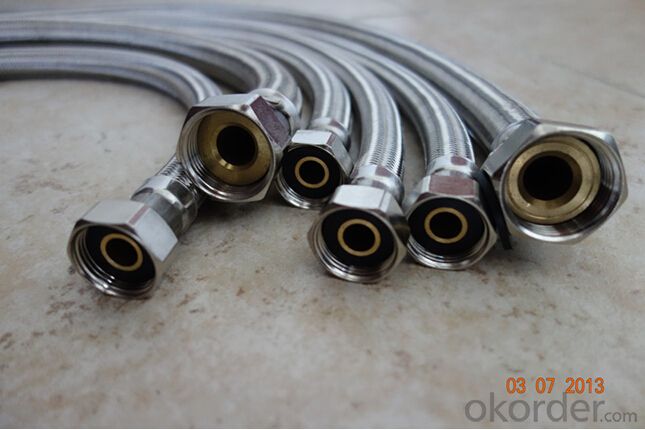
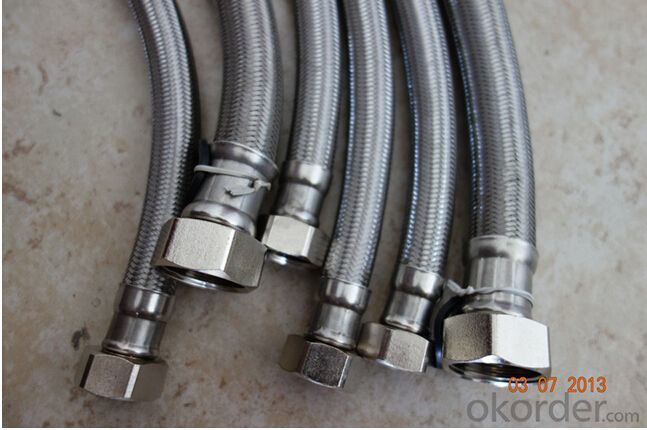
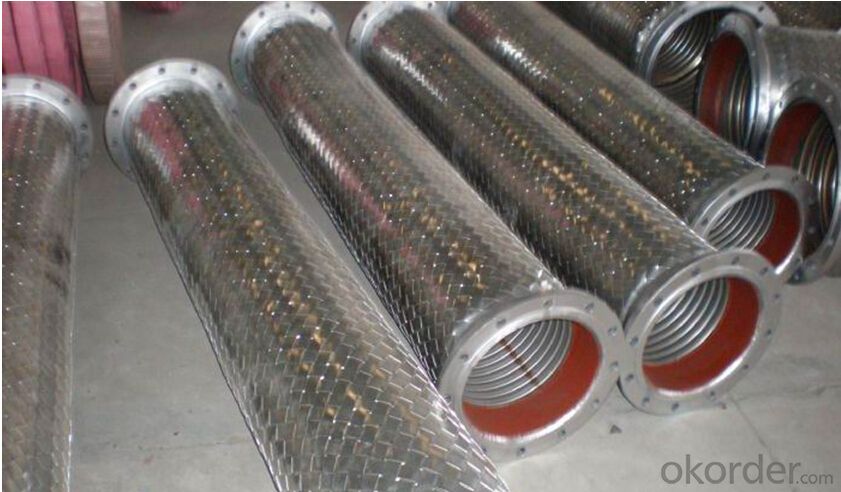
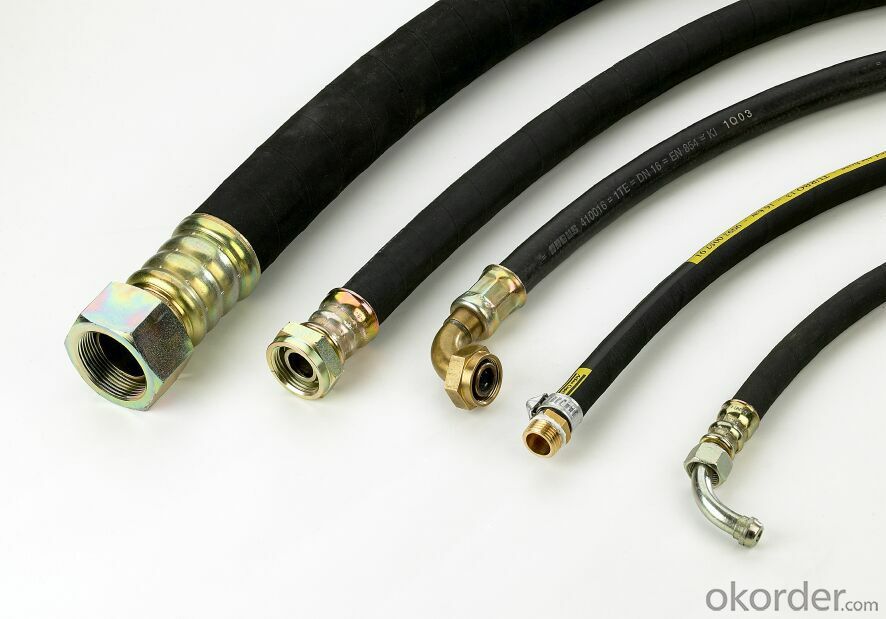
Package of Stainless Steel Braid Hose with Special Treatment:
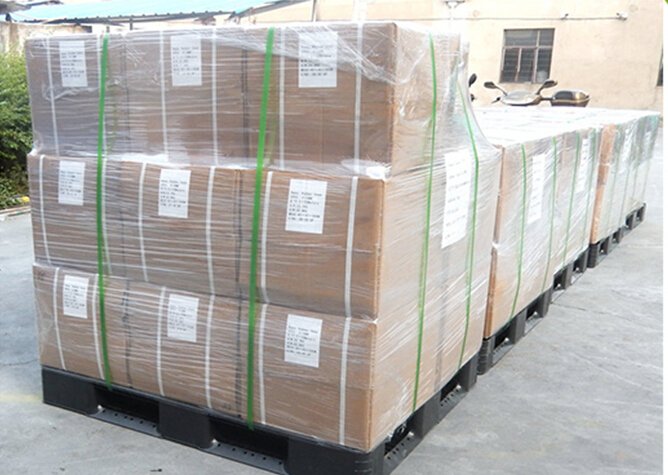
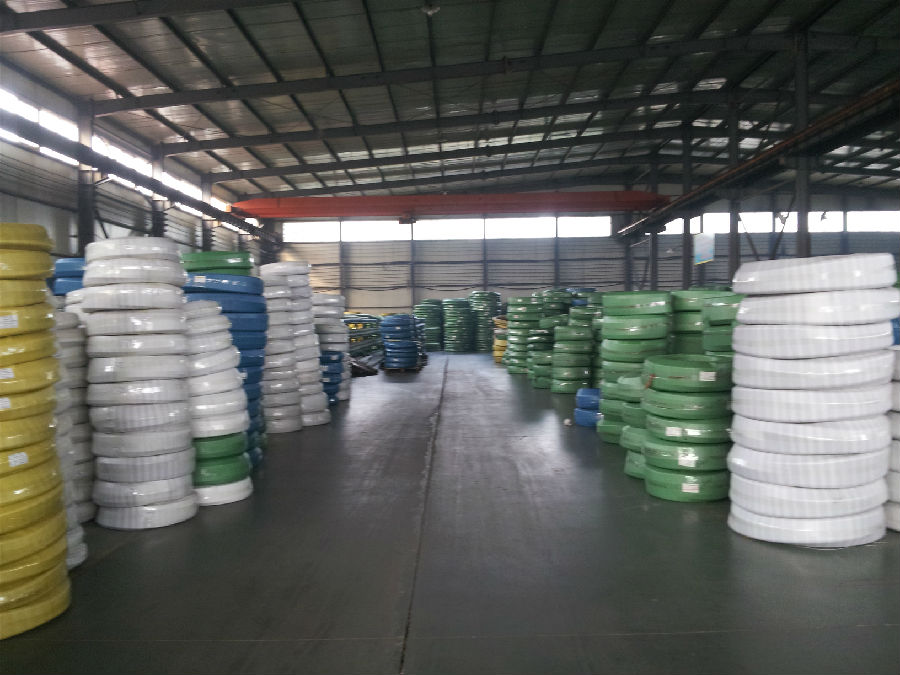
FAQ of Stainless Steel Braid Hose with Special Treatment:
Who we are:
Answer: We CNBM is a Chinese state-owned enterprise ranked 267th among the Global Fortune 500, as the largest building materials company,we have over 300 affiliated companies,and so many production lines and branch office distribute in China.
2. About our quality:
Answer: Every product needs to be quality proved before shipping.
3. About our service:
Answer: We could gurantte that we can reply you in 2 working hours.
- Q: Can stainless steel pipes be used for sewage systems?
- Yes, stainless steel pipes can be used for sewage systems. Stainless steel is a highly durable and corrosion-resistant material, making it suitable for various applications, including sewage systems. Stainless steel pipes are capable of withstanding the harsh elements found in sewage, such as corrosive chemicals, high temperatures, and abrasive solids. Additionally, stainless steel pipes have a smooth surface, which minimizes the risk of clogs and blockages in the sewage system. This makes stainless steel pipes a reliable and long-lasting choice for sewage systems, ensuring efficient and effective waste disposal.
- Q: Are stainless steel pipes suitable for liquid storage tanks?
- Yes, stainless steel pipes are suitable for liquid storage tanks. Stainless steel offers excellent corrosion resistance, durability, and strength, making it a reliable choice for storing various liquids. Additionally, stainless steel is hygienic, easy to clean, and has a long lifespan, making it a preferred material for liquid storage tanks in industries such as food processing, pharmaceuticals, and chemicals.
- Q: Can stainless steel pipes be used for oil refinery applications?
- Yes, stainless steel pipes can be used for oil refinery applications. Stainless steel is widely used in the oil and gas industry due to its excellent corrosion resistance properties, high strength, and durability. Oil refineries deal with harsh and corrosive environments, including high temperatures, pressure, and exposure to various chemicals. Stainless steel pipes can withstand these conditions and offer long-lasting performance. Stainless steel pipes are resistant to corrosion caused by acidic and alkaline substances, which are commonly found in oil refinery operations. They also have good resistance to pitting and crevice corrosion, making them suitable for handling crude oil, petroleum products, and other corrosive media. Furthermore, stainless steel pipes can handle high temperatures without losing their strength and integrity. This is important in oil refineries where processes involve heating and cooling operations. In addition to corrosion resistance and high-temperature capabilities, stainless steel pipes also provide excellent mechanical properties. They are strong, durable, and have good weldability, making them suitable for the demanding conditions of oil refinery applications. Overall, stainless steel pipes are a reliable choice for oil refinery applications due to their corrosion resistance, high-temperature capabilities, and mechanical properties. They ensure the safe and efficient transportation of oil and petroleum products, contributing to the smooth operations of oil refineries.
- Q: What are the common applications of stainless steel pipes?
- Stainless steel pipes are commonly used in a variety of applications such as plumbing, construction, automotive, and manufacturing industries. They are used for conveying fluids and gases, carrying water and sewage, as well as for structural purposes. Additionally, stainless steel pipes are popular in food processing, pharmaceutical, and chemical industries due to their corrosion resistance and hygienic properties.
- Q: Can stainless steel pipes be used for underground irrigation systems?
- Underground irrigation systems can indeed utilize stainless steel pipes. This material, known for its durability and resistance to corrosion, proves apt for instances where the pipes come into contact with moisture and soil conditions. Due to its ability to withstand high pressure and temperature variations, stainless steel stands as a favored option for underground irrigation systems. Furthermore, its extended lifespan surpasses that of alternative materials, thereby diminishing the necessity for frequent repairs or replacements. Nevertheless, it remains crucial to guarantee proper installation and insulation of the pipes to avert potential damage caused by soil movement or external factors.
- Q: What are the common industry standards for stainless steel pipes?
- The recommended standards for stainless steel pipes differ depending on the intended use and the regulations of each country. Nonetheless, there are several widely recognized and accepted standards, such as those established by the ASTM, ASME, and ISO. The ASTM standards, like ASTM A312 and ASTM A269, provide guidelines for the production and quality control of stainless steel pipes. These standards cover various aspects, including the chemical composition, mechanical properties, dimensions, and tolerances. The ASME standards, particularly ASME B36.19 and ASME B36.10M, specify the dimensions and wall thicknesses of stainless steel pipes for specific applications. Additionally, ASME B31.3 offers guidelines for the design, construction, and maintenance of process piping systems that may incorporate stainless steel pipes. The ISO standards, such as ISO 1127 and ISO 2037, establish international guidelines for the dimensions, tolerances, and surface finishes of stainless steel pipes. These standards ensure that stainless steel pipes can be used interchangeably and are compatible across different countries. Furthermore, specific industries may have their own requirements. For instance, the food and beverage industry often follows the standards set by organizations like 3-A Sanitary Standards, which emphasize the cleanliness and hygiene of stainless steel pipes used in food processing. It is crucial to consult the relevant standards and regulations for each specific application to ensure compliance with industry requirements and to guarantee the safe and efficient use of stainless steel pipes.
- Q: What are the limitations of using stainless steel pipes?
- There are several limitations associated with the use of stainless steel pipes. Firstly, stainless steel pipes tend to be more expensive compared to other materials such as PVC or copper. This can make them less feasible for projects with budget constraints. Secondly, stainless steel pipes can be more difficult to install and require specialized tools and equipment. This can increase the overall installation time and cost. Another limitation is that stainless steel pipes are not suitable for transporting certain corrosive chemicals or gases. They may react with certain substances, leading to corrosion and potential damage to the pipes. In such cases, alternative materials like plastic or lined pipes may be more appropriate. Additionally, stainless steel pipes may have limitations in terms of temperature and pressure resistance. While they can handle relatively high temperatures and pressures, extreme conditions may require the use of more robust materials. Furthermore, stainless steel pipes have a lower thermal conductivity compared to other materials, meaning they are not as efficient at transferring heat. This can be a limitation in certain heating or cooling applications where rapid heat transfer is required. Lastly, stainless steel pipes can be prone to expansion and contraction with temperature changes. This may require the use of expansion joints or other measures to accommodate for these movements and prevent potential damage. Overall, while stainless steel pipes offer numerous benefits such as durability and corrosion resistance, their limitations should be carefully considered before selecting them for a particular project.
- Q: What is the difference between seamless and hot-rolled stainless steel pipes?
- Seamless and hot-rolled stainless steel pipes are commonly utilized in various industries due to their durability and resistance to corrosion. Nonetheless, there exist notable distinctions between the two. 1. Manufacturing process: Seamless stainless steel pipes are produced through a technique known as piercing, which involves heating a solid billet and piercing it to create a hollow tube. Conversely, hot-rolled stainless steel pipes are formed by heating a solid billet or slab and subsequently rolling it into the desired shape. 2. Appearance: The manufacturing process of seamless stainless steel pipes results in a smooth and uniform appearance. In contrast, hot-rolled stainless steel pipes possess a rough and scaly surface due to the rolling process. 3. Strength: Generally, seamless stainless steel pipes exhibit greater strength compared to their hot-rolled counterparts. This is attributed to the additional processes such as cold drawing or cold rolling that seamless pipes undergo, which enhance their strength. 4. Wall thickness: The manufacturing process of seamless stainless steel pipes allows for a more precise wall thickness. Conversely, hot-rolled stainless steel pipes may have variations in wall thickness due to the rolling process. 5. Cost: Hot-rolled stainless steel pipes are typically more cost-effective than seamless pipes. This is because the manufacturing process of hot-rolled pipes is simpler and requires less time and energy. 6. Availability: Hot-rolled stainless steel pipes are more readily accessible in the market compared to seamless pipes. This is due to the faster manufacturing process of hot-rolled pipes, which allows for quicker production and availability. In conclusion, while both seamless and hot-rolled stainless steel pipes offer exceptional corrosion resistance and durability, they differ in terms of manufacturing process, appearance, strength, wall thickness, cost, and availability. The choice between the two will depend on the specific requirements and preferences of the application or industry in which they will be utilized.
- Q: How do you cut stainless steel pipes?
- Cutting stainless steel pipes can be done using several methods. Here are a few common techniques: 1. Using a hacksaw: This is a manual method of cutting stainless steel pipes. Make sure to choose a blade specifically designed for cutting metal. Secure the pipe in a vise or clamp to prevent it from moving while cutting. Mark a straight line where you want to cut and slowly and steadily saw through the pipe using back and forth motions. Apply consistent pressure to avoid damaging the pipe. 2. Using a reciprocating saw: A reciprocating saw with a metal cutting blade can also be used to cut stainless steel pipes. Clamp the pipe securely and mark the cutting line. Start the saw and slowly guide it along the marked line, applying steady pressure. This method is quicker than using a hacksaw and requires less manual effort. 3. Using a pipe cutter: A pipe cutter is a specialized tool designed to cut pipes cleanly and accurately. It consists of a sharp cutting wheel that is rotated around the pipe, gradually tightening it until the pipe is cut. This method is efficient and provides a smooth, burr-free cut. However, it may not be suitable for thicker or larger diameter stainless steel pipes. 4. Using a plasma cutter or a grinder: For thicker or larger diameter stainless steel pipes, a plasma cutter or a grinder equipped with a cutting wheel can be used. These power tools are capable of cutting through stainless steel quickly and efficiently. However, they require more expertise and safety precautions, so it is recommended to seek professional assistance if you are not familiar with these tools. Remember to wear appropriate safety gear, such as gloves and eye protection, when cutting stainless steel pipes. Additionally, always double-check the accuracy of your measurements and take necessary precautions to avoid injury.
Send your message to us
Stainless Steel Braid Hose with Special Treatment
- Loading Port:
- Tianjin
- Payment Terms:
- TT OR LC
- Min Order Qty:
- 1000 pc
- Supply Capability:
- 100000 pc/month
OKorder Service Pledge
OKorder Financial Service
Similar products
Hot products
Hot Searches
Related keywords
